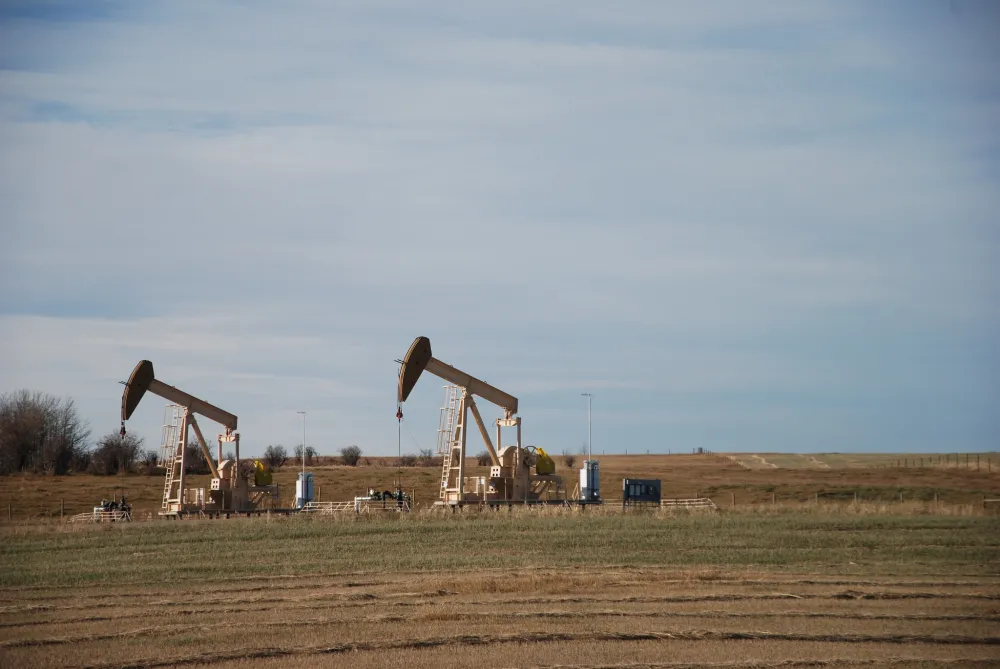CALGARY, AB — The Government of Canada today released new details of its policy to address oil and gas sector emissions. Its discussion paper, Options to Cap and Cut Oil and Gas Sector Greenhouse Gas Emissions to Achieve 2030 Goals and Net-Zero by 2050, outlines two distinct options that it is considering to regulate and enforce a cap on emissions from the industry:
- The development of a new cap-and-trade system under the Canadian Environmental Protection Act, 1999 (CEPA)
- The modification of existing carbon pollution pricing systems under the Greenhouse Gas Pollution Pricing Act (GGPPA).
The Pembina Institute supports each option in principle. In our more detailed evaluation over the coming weeks, we will indicate which option we believe can be implemented quickly, while maximizing certainty for proponents and investors, and most efficiently reducing oil and gas sector emissions by 45% by 2030.
It is crucial that the government moves swiftly to select and implement one of these options. In doing so, it will provide greater operational certainty for companies, so that they can begin to invest current windfall profits in decarbonization projects.
Chris Severson-Baker, Senior Director for Industrial Decarbonization at the Pembina Institute, is available for interviews (contact details below).
Notes
- Canada has committed to reducing all its greenhouse gas emissions by 40%-45% below 2005 levels by 2030, and achieving a fully net-zero economy by 2050.
- In March 2022 the Government of Canada released the first annual Emissions Reduction Plan, which reports on progress to date and charts a path to emissions that are 40% lower than 2005 levels by 2030.
- The 2022 Emissions Reduction Plan did not set the cap for oil and gas sector emissions. However, the plan was based on a modeled set of emission reduction assumptions for the sector, including a “projected contribution” of 31% from 2005 levels by 2030. The government said this projected contribution would guide discussions on the level at which it would later set the oil and gas cap.
- The Pembina Institute has consistently called for the 2030 cap to be at 45%, in order for the oil and gas sector – Canada’s biggest emitter – to do its fair share of economy-wide reductions during this decade. Our research indicates a 45% reduction from oil and gas is possible by 2030, using currently available, proven technology. The sector is well-placed to make these decarbonization investments now, amid high fossil fuel prices and record industry revenues.
Contact
Alex Burton
Senior Communications Lead, Pembina Institute
825-994-2558
Background
Report: Decarbonizing Canada’s Oil and Gas Supply (March 2022)
Report: Reducing methane emissions from Canada’s oil and gas sector: Submission to Environment and Climate Change Canada (May 2022)




